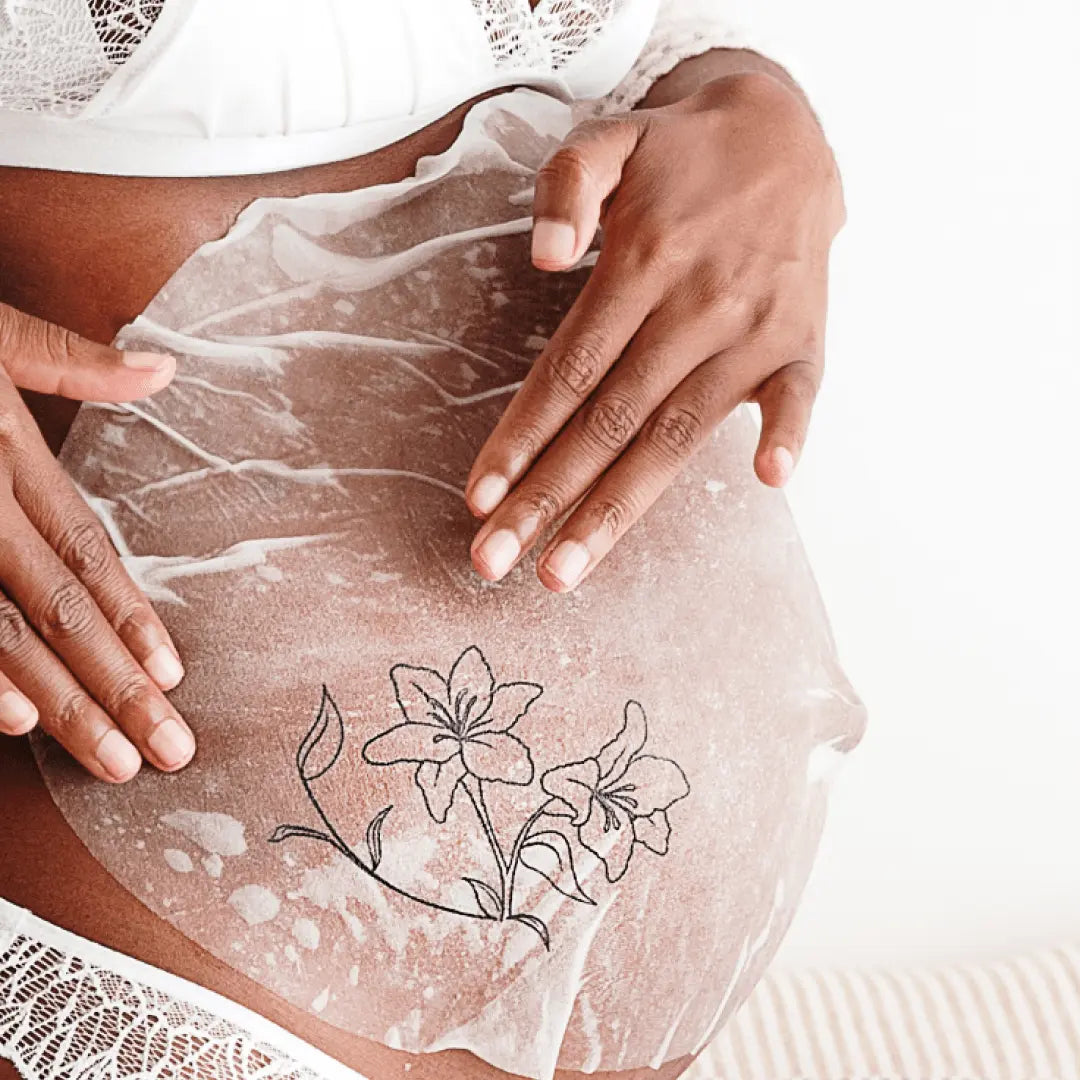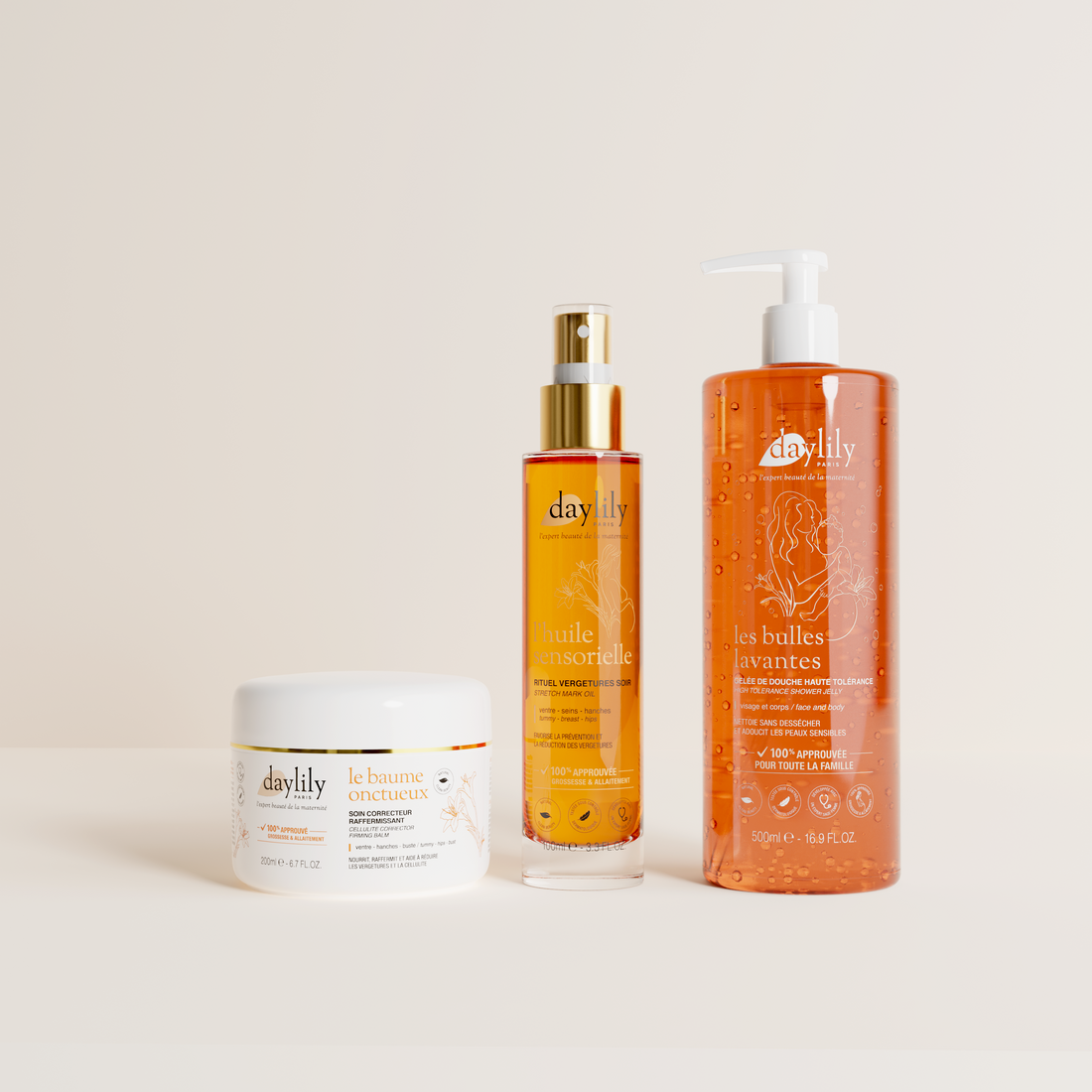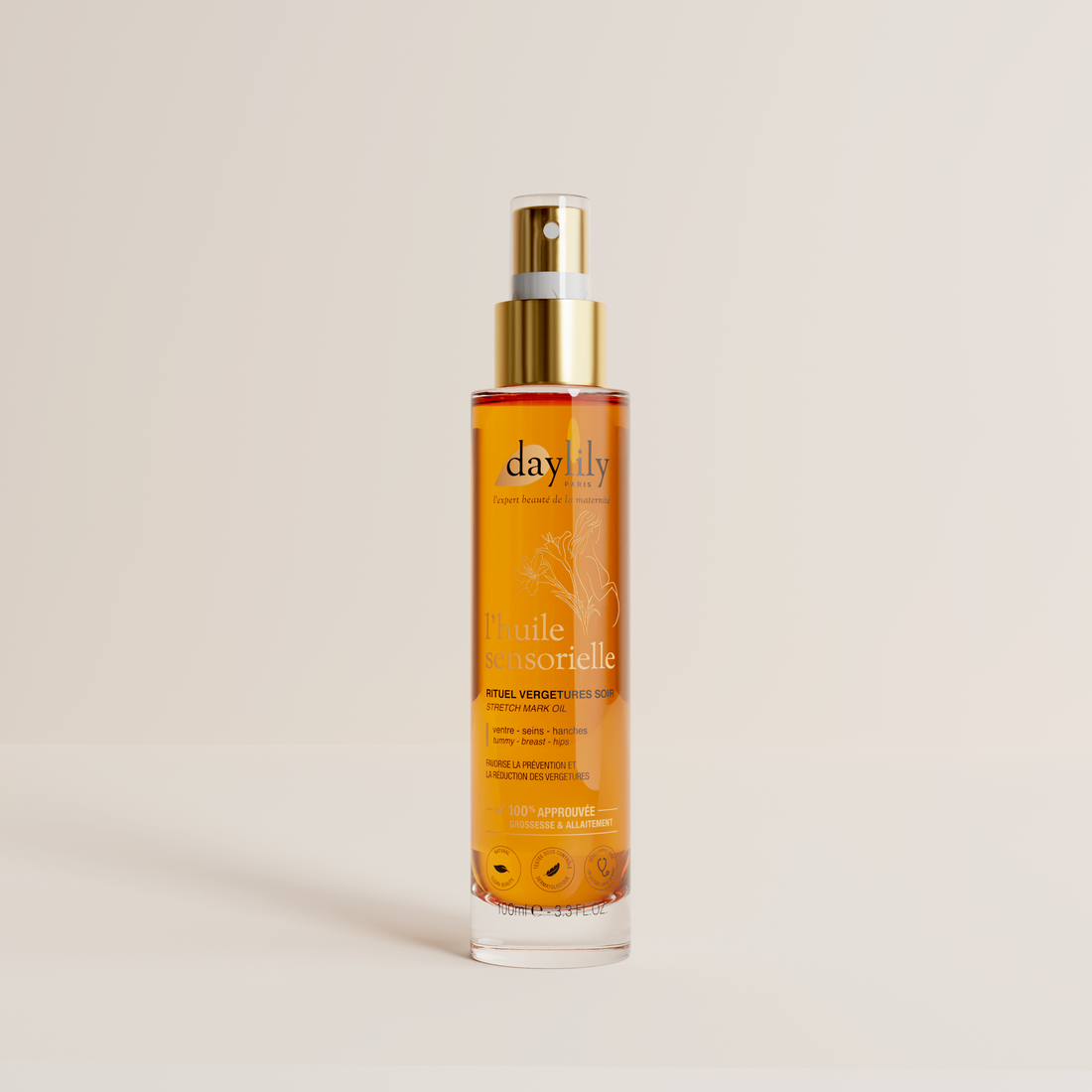
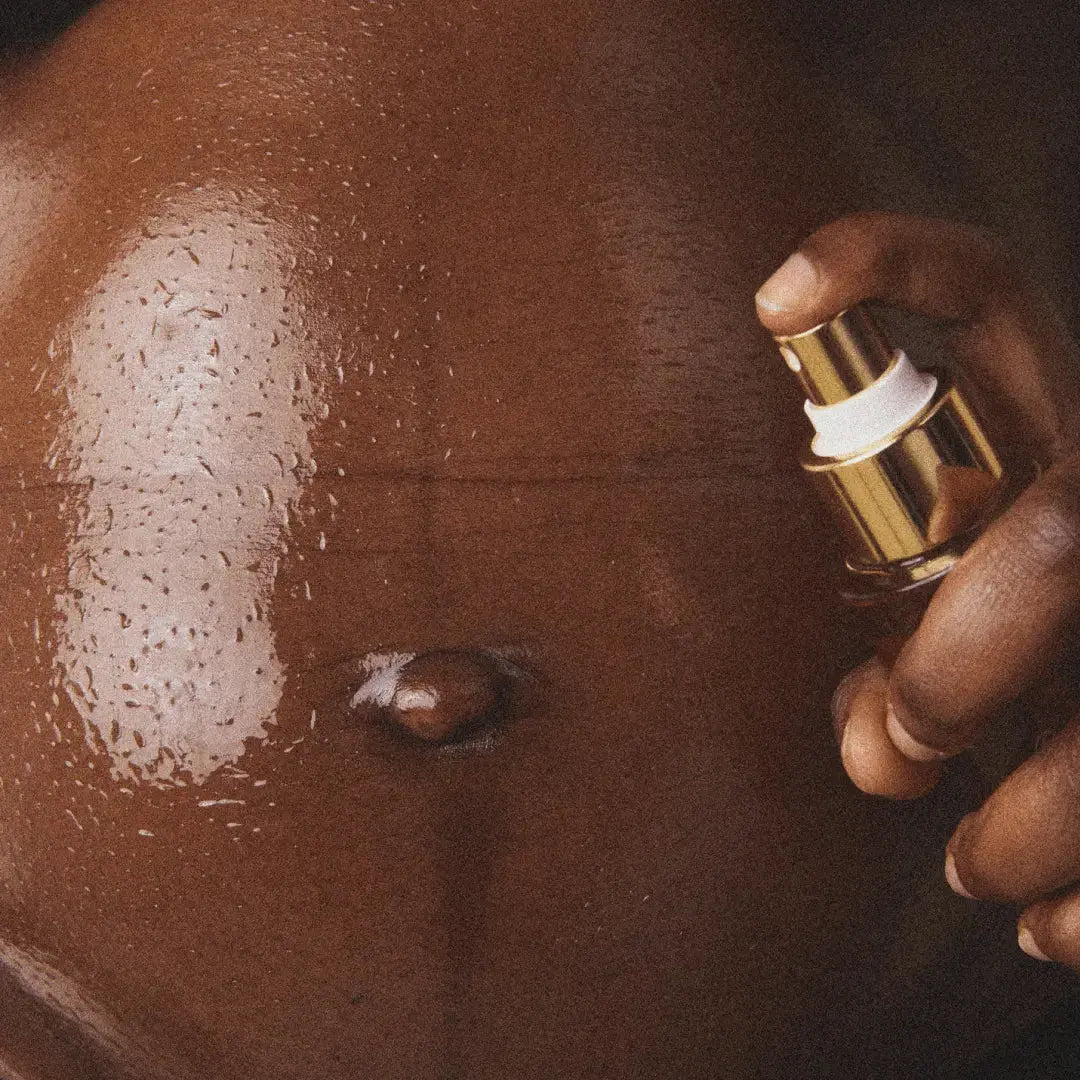
- Regular price
-
28,90 € - Regular price
-
- Sale price
-
28,90 €
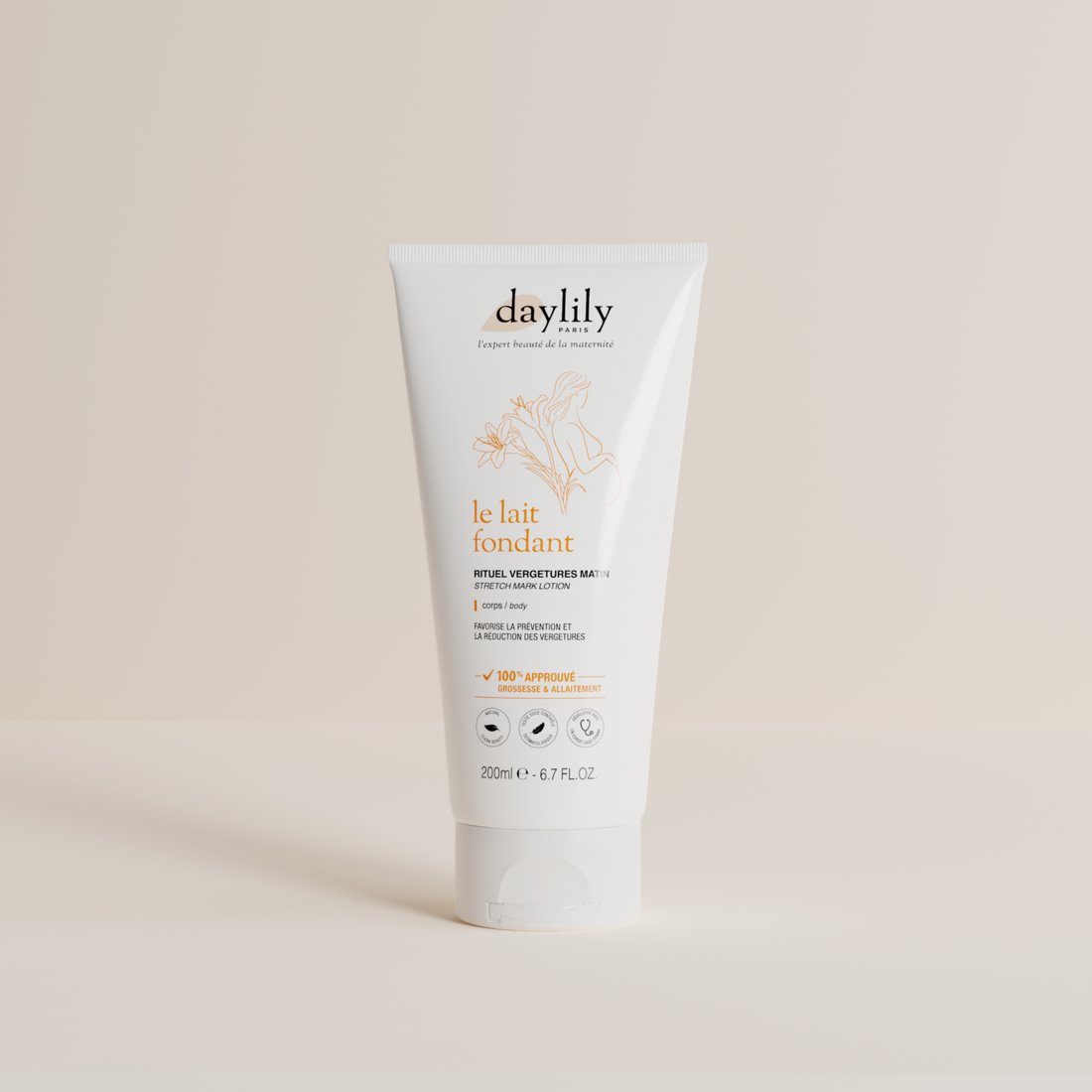
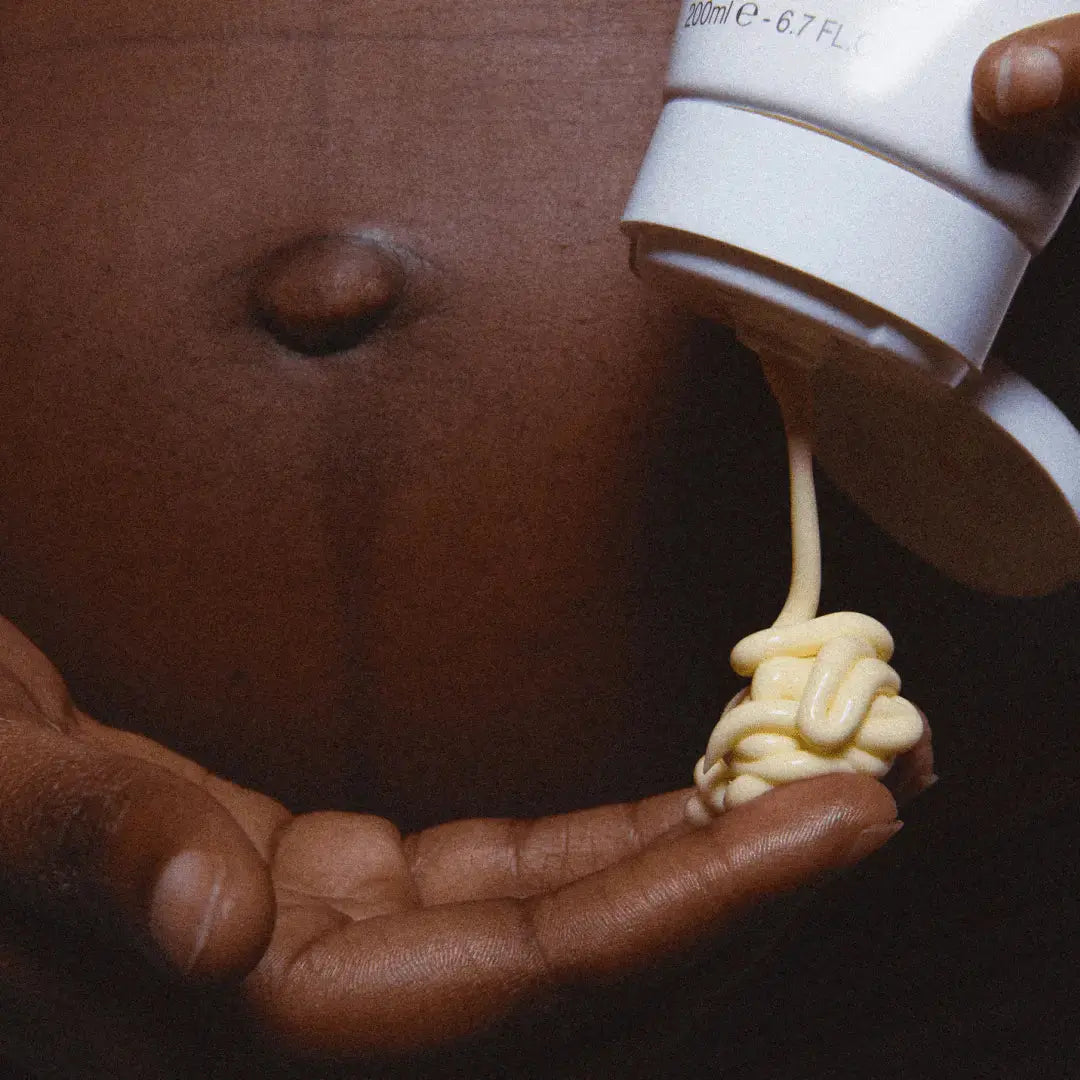
- Regular price
-
27,90 € - Regular price
-
- Sale price
-
27,90 €
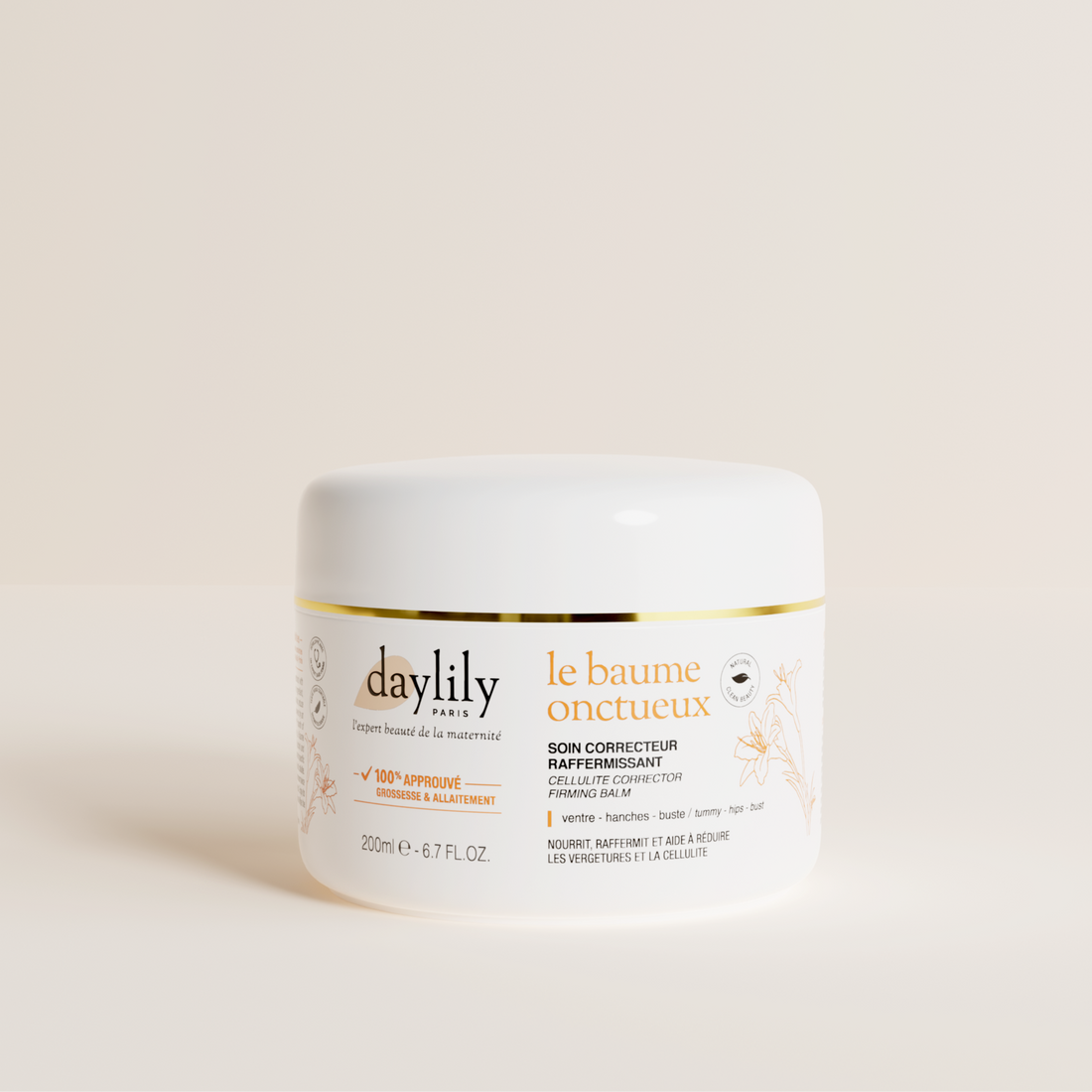

- Regular price
-
33,90 € - Regular price
-
- Sale price
-
33,90 €
- Classes to prepare for birth
- What do childbirth preparation classes consist of?
- Childbirth classes: the different methods
Classes to prepare for birth
Childbirth preparation courses , now called Preparation for Birth and Parenthood (PNP), can begin from the 4th month of pregnancy with the 1st interview, then are generally started from the 7th month of pregnancy, in particular with the arrival of maternity leave which allows you to have more time to devote yourself to it. Eight sessions fully covered by Social Security are offered to future mothers: firstly a first consultation in the form of an individual interview in which you will discuss your birth plan, your expectations, your desires, then seven sessions, often collective, theoretical or practical.
Not obligatory, childbirth preparation classes are however strongly recommended , especially if it is your first child: they allow you to better understand what is going to happen, to be informed of all eventualities, to discuss with other pregnant women and ask your questions. Becoming a mother cannot be improvised: better prepared, you will also be less stressed on the big day!
The obstetrician-gynecologist who monitors your pregnancy can certainly advise you if you have any questions, but he cannot provide complete training in childbirth like a midwife will. Our advice would therefore be not to skip these courses, at least for a first birth .
What do childbirth preparation classes consist of?
If we all think of pregnant women lying on a mat breathing, their husbands by their side, childbirth classes are not limited to breathing exercises.
Most of the time you will be offered a theoretical part and a practical part.
During the theoretical lessons – what we call the classic or traditional method – the midwife will talk to you about the birth itself and the post-natal period . At each session, a new key theme is addressed: for example, how to recognize labor contractions, when to go to the maternity ward, how the epidural is placed, how to push when the time comes, possible complications (caesarean section, transfer of the baby in the neonatal department, etc.), postpartum and postpartum periods, etc. She can also offer you childcare workshops on daily baby care. The courses cover a wide range of topics around parenting.
Find out about the topics covered and make sure that the content corresponds to your choices: sessions on breastfeeding, for example, are not useful if you are firmly committed to giving your baby a bottle ;-)
These theoretical courses should be considered more as discussions and times of exchange and advice than as academic and boring courses. They are generally very lively, with supporting demonstration diagrams and concrete exercises on a baby doll!
They can be followed as a couple : this is a good way to involve the future father and familiarize him with what awaits him.
Practical courses can bring together multiple activities :
• The famous breathing exercises, to learn how to manage the pain of contractions and how to push effectively. You will be able to work on your breathing for a few weeks before giving birth.
• Swimming pool sessions, to relax your pregnant body and practice gentle, non-impact physical activity. Movements in the water act like a light massage and reactivate blood circulation which, under the action of pregnancy hormones, often works in slow motion. An excellent option if you suffer from back pain, water retention, heavy legs or to give yourself a moment of well-being!
• Meditation , sophrology and relaxation are ideal, especially if you feel a little stressed as childbirth approaches. You will learn to let go and relax – methods that you can then apply in the labor room to calm your anxieties and pain.
• In the same genre, prenatal yoga allows you to practice gentle exercises, which stretch the back, work on breathing and gently strengthen your muscles. You can also opt for adapted pilates exercises.
• Haptonomy , which is practiced with the future father , creates the first links with the child. It consists of establishing a tactile link with the fetus, by moving your hands on the stomach according to its movements.
• Workshops on the different positions for giving birth , with tips to speed up labor, better tolerate pain and exercises to protect your perineum.
This list is obviously not exhaustive because there are many other forms of preparation for childbirth: prenatal singing, hypnonatal, the Bonapace method or even Fasciatherapy, a manual therapy which acts on the connective tissues, these more or less elastic membranes which play an essential role in awareness of the body and oneself.
Childbirth classes: the different methods
The best is to call a few midwives near you to find out which method they offer, and to choose the one that best suits your expectations, your desires...and your working hours because you are not necessarily yet in maternity leave :-)
Bedridden women can also take childbirth classes: some private midwives come to their homes.
If you have a busy schedule and prefer to follow your sessions quietly from your sofa, this is possible via online courses , which have grown considerably since the Covid-19 epidemic. Many mothers use medical videos broadcast on You Tube , on specialized websites or podcasts : these are real mines of information which have the advantage of being able to be viewed or listened to on a smartphone, tablet or PC whenever you want. wish, for more flexibility .









